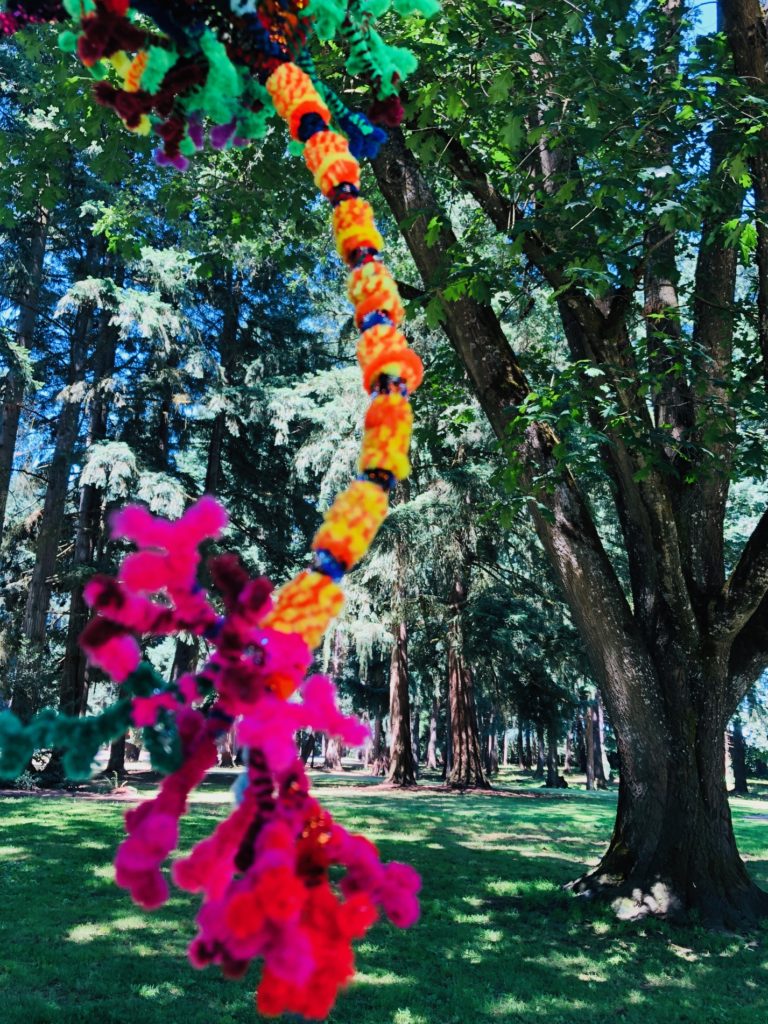
Another gorgeous summer day in western Oregon, and our enthusiastic outreach volunteers tackled I-5 south for a 90 minute drive to Oregon State University! We were invited by OSU (home of the Beavers), the American Psychological Association (APA) and the American Psychological Foundation (APF) to present a dinner workshop for high school psychology teachers on arts integration in STEM (STEAM!)…
LEARN MORE: Noggin @ APA/APF/OSU Psychology Teacher Workshop!
LEARN MORE: APA Teachers of Psychology in Secondary Schools
LEARN MORE: Beavers, Rebooted
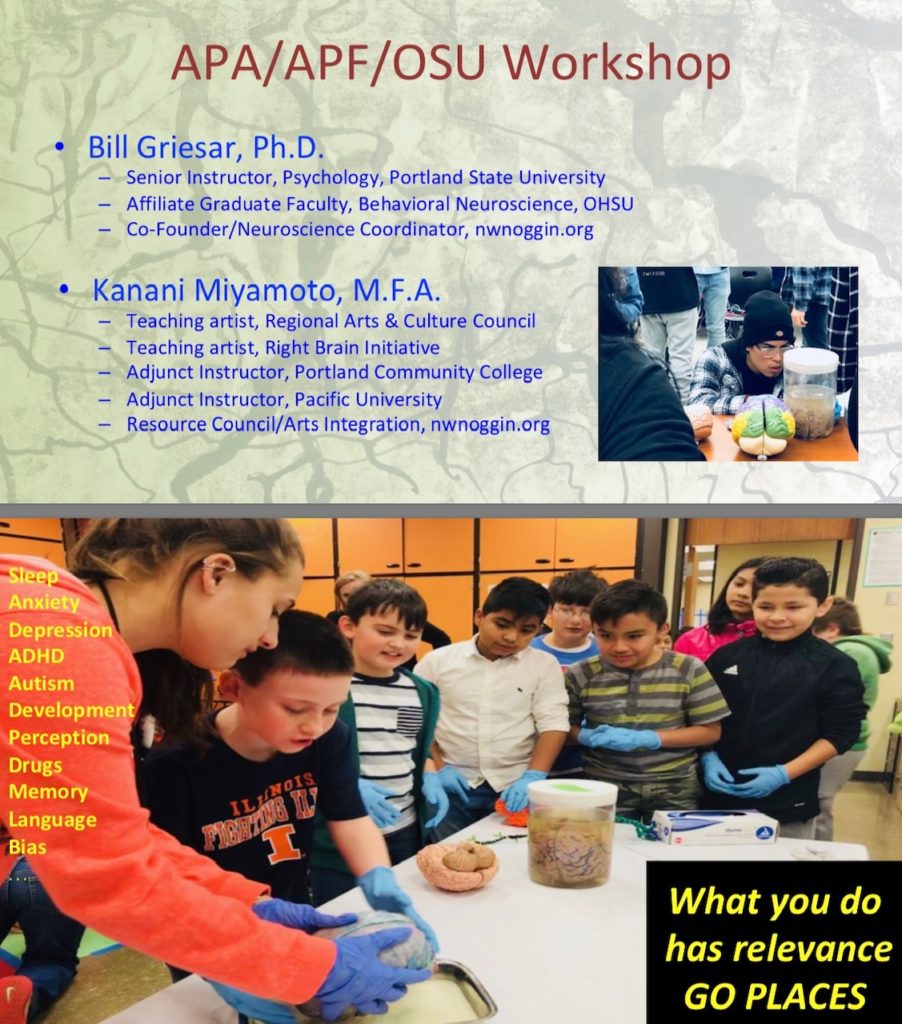
Our accomplished Noggin art and brain wranglers were Paul Delahanty, Michael Deveney, Aaron Eisen, and Madi-Cho Richmond, all undergraduates (and one recent grad) from Portland State University.
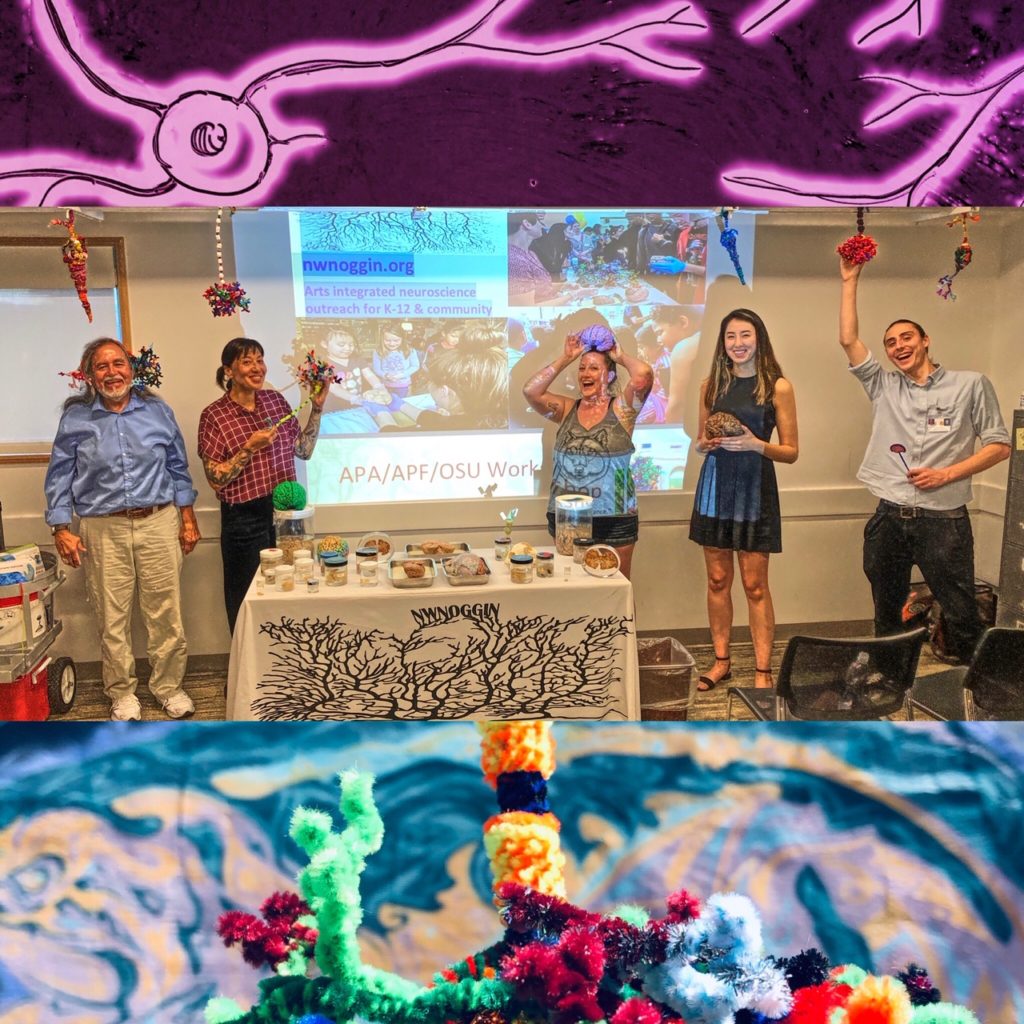
We met with 25 teachers who had travelled to Corvallis, Oregon, in the shadow of Chintimini (Marys Peak) from high schools in many U.S. states, including Utah, Pennsylvania, Missouri, Idaho, Indiana, and Washington…
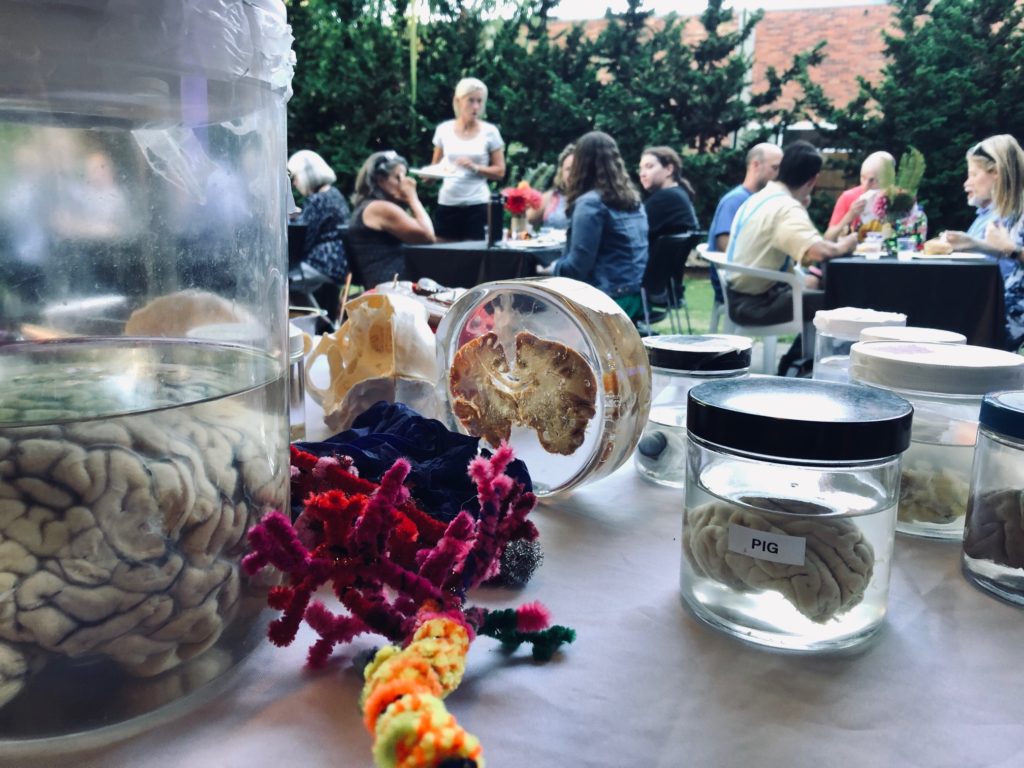
The teaching workshop is based on the successful APA/Clark University Workshop for High School Teachers held annually since 2005 in Worcester, Massachusetts. This was day two of a three day training, and the teachers had just heard from Dr. Anita Cservenka, a behavioral neuroscientist in the School of Psychological Science at Oregon State, who studies substance use disorders and cognition in adolescents and young adults…

LEARN MORE: OSU Substance Use & Neurocognition (SUN) Lab
After an outdoor dinner featuring locally made “sunburgers” from Nearly Normal’s Gonzo Cuisine (made of “sunflower seeds, veggies and spices“), we introduced ourselves, and described what we’ve learned from outreach with 30,000+ K-12 kids over the last seven years.
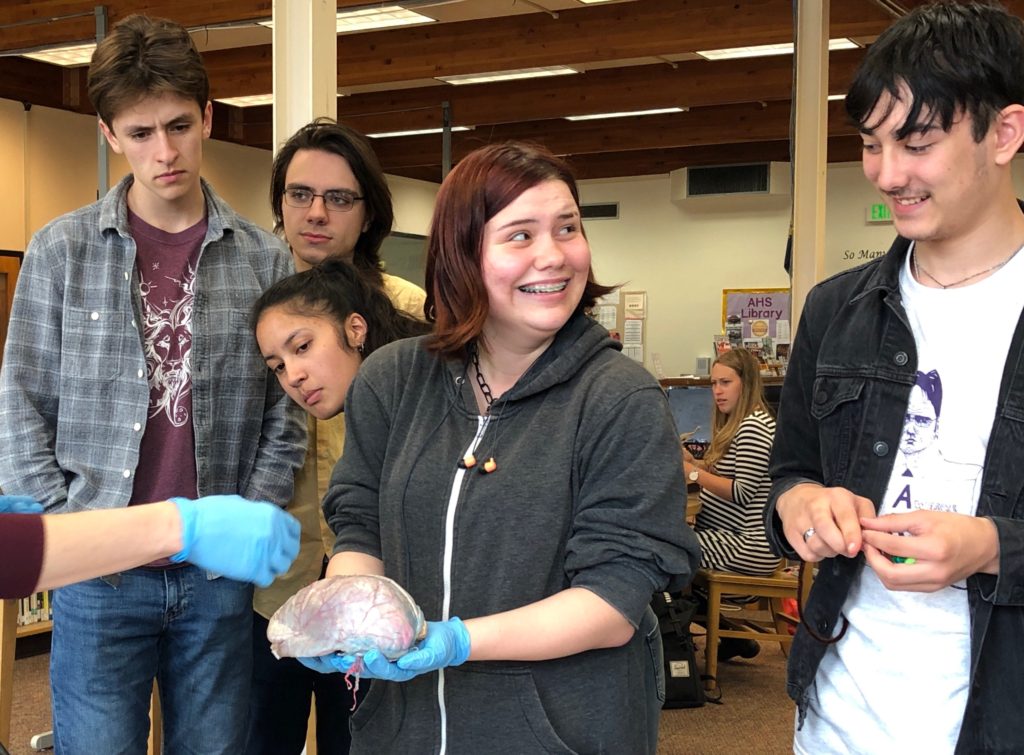
It’s always a joy to hear our volunteers talk about their own experiences. Michael, Paul, Aaron and Madi-Cho described how students “light up” in the classroom when we ask them what they already know, and want to know, and genuinely value their insights, stories and ideas. We seek connections and conversations, and how our interests might inform and relate…
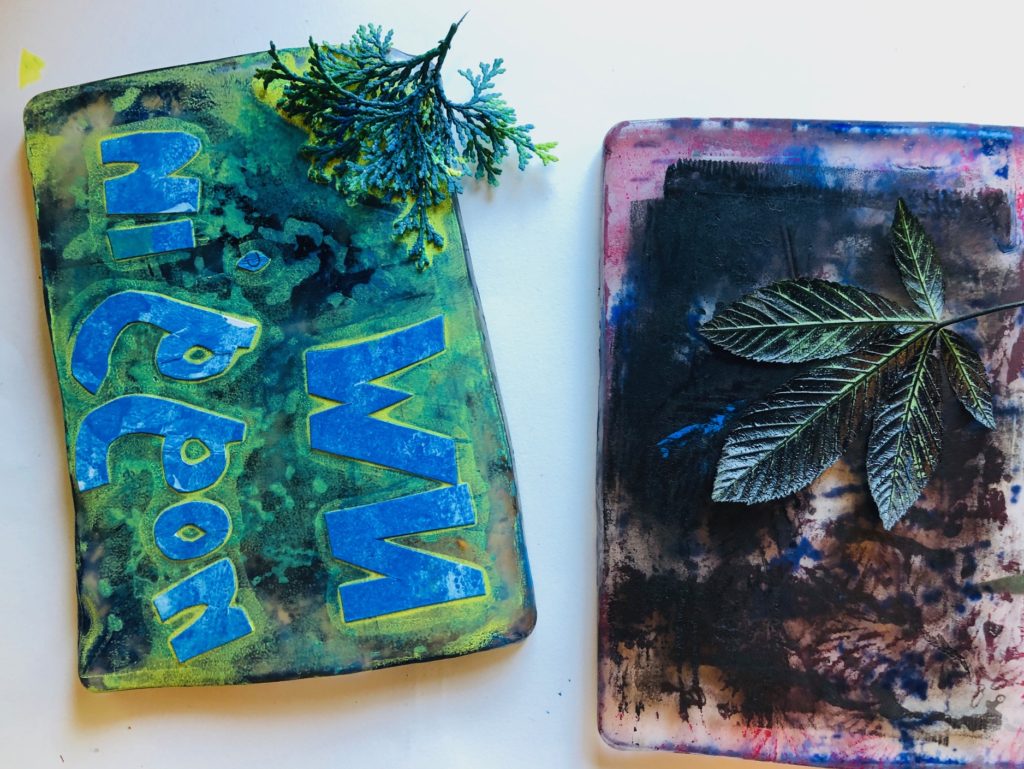
Kanani Miyamoto, a noted Portland artist, educator and the NW Noggin Resource Council member for Arts Integration, explained that she’s had no “behavioral issues” in classrooms – even when warned by teachers or staff to expect at least some – while we’re all listening to students, and working with clay, ink, pipe cleaners or pens…
The arts are not just a way to add interest to neuroscience, she noted, but have great inherent value – through discipline, practice, error, modeling, metaphor, and the creative exploration of relevant topics and ideas.

We’ve written extensively about our NW Noggin approach before, and described how classrooms which encourage cross-disciplinary engagement draw in more students, and foster more innovative efforts, research and work…
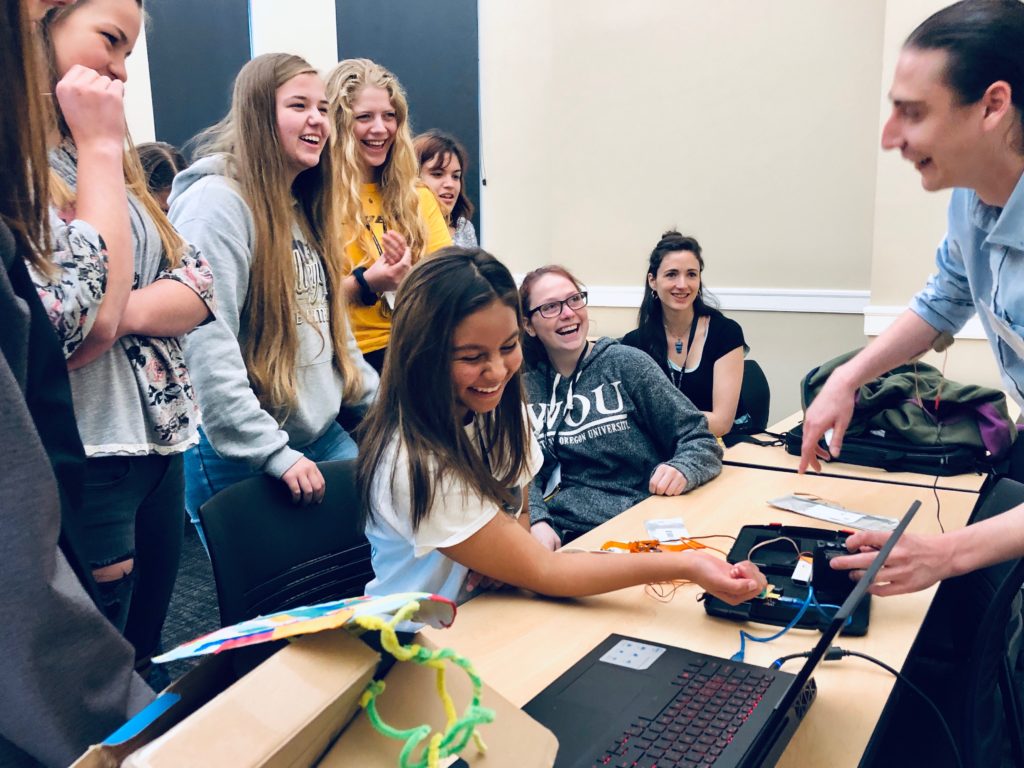
LEARN MORE: Synapsing in San Diego
LEARN MORE: How do we know how we’re doing?
LEARN MORE: STEAM: Using the Arts to Train Well-Rounded and Creative Scientists
LEARN MORE: Creating a Learning Educational System to Identify Benefits of STEM to STEAM
We then examined brains, asked questions – and made art!
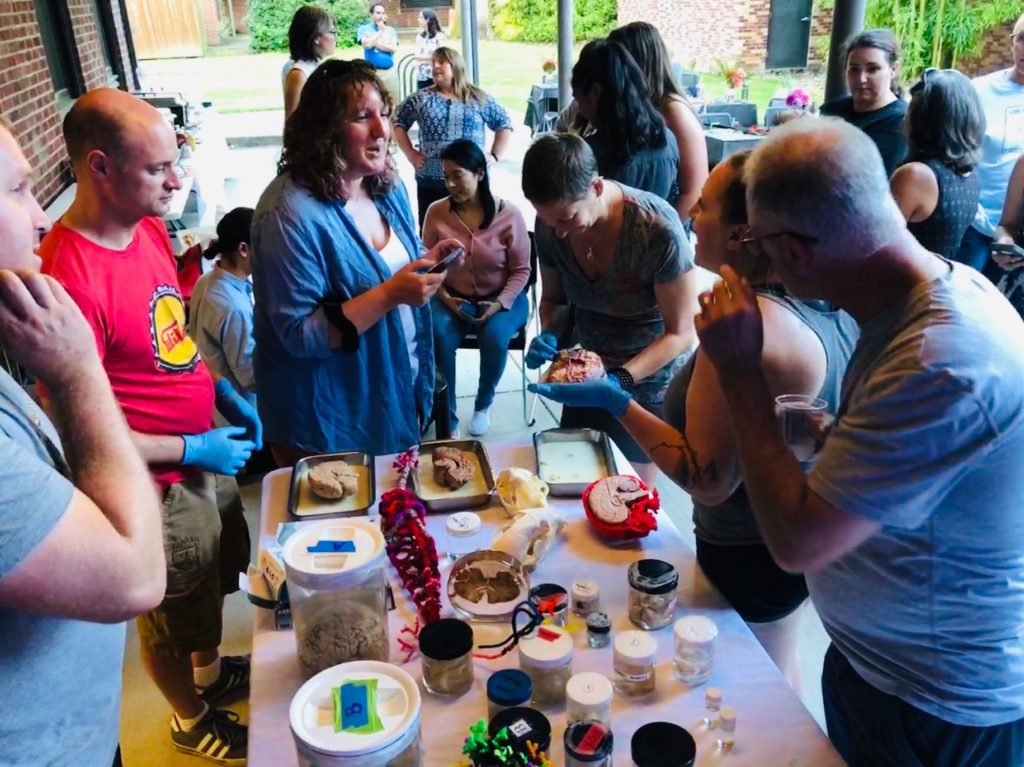
We enjoyed our discussions and projects with these teachers as much as we do in K-12 classrooms! So many of us are curious about what makes us who we are, and are motivated by opportunities to explore our psychology, and the structure and function of our own brains. To do so by integrating the arts is clearly compelling and inspiring!
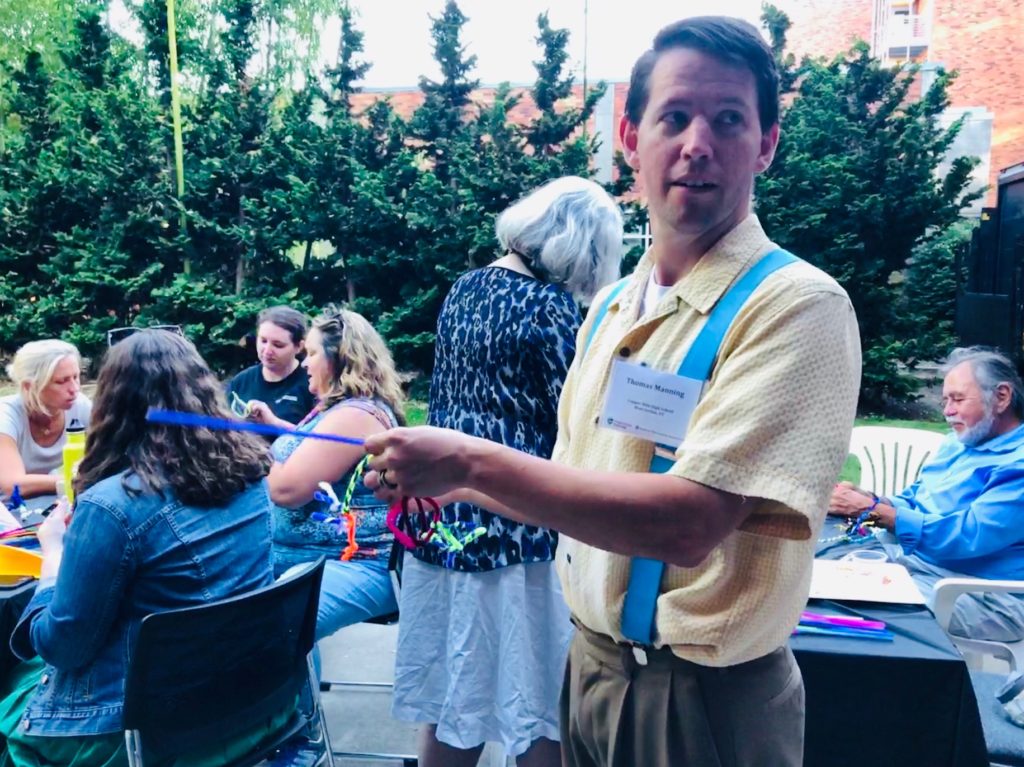
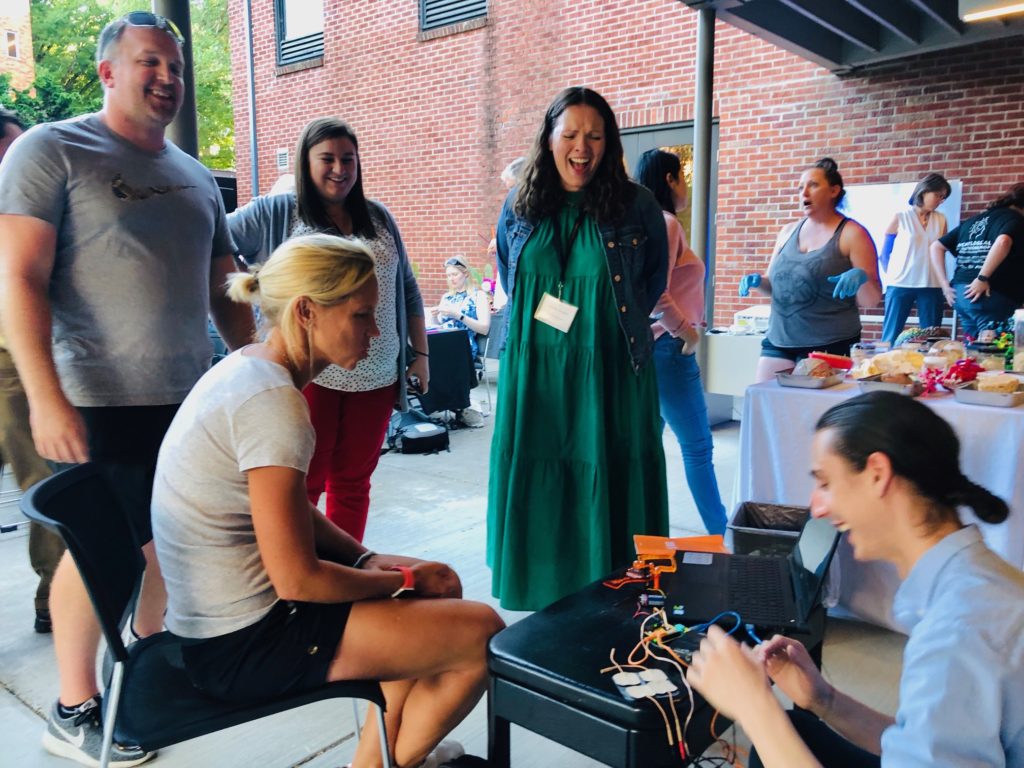
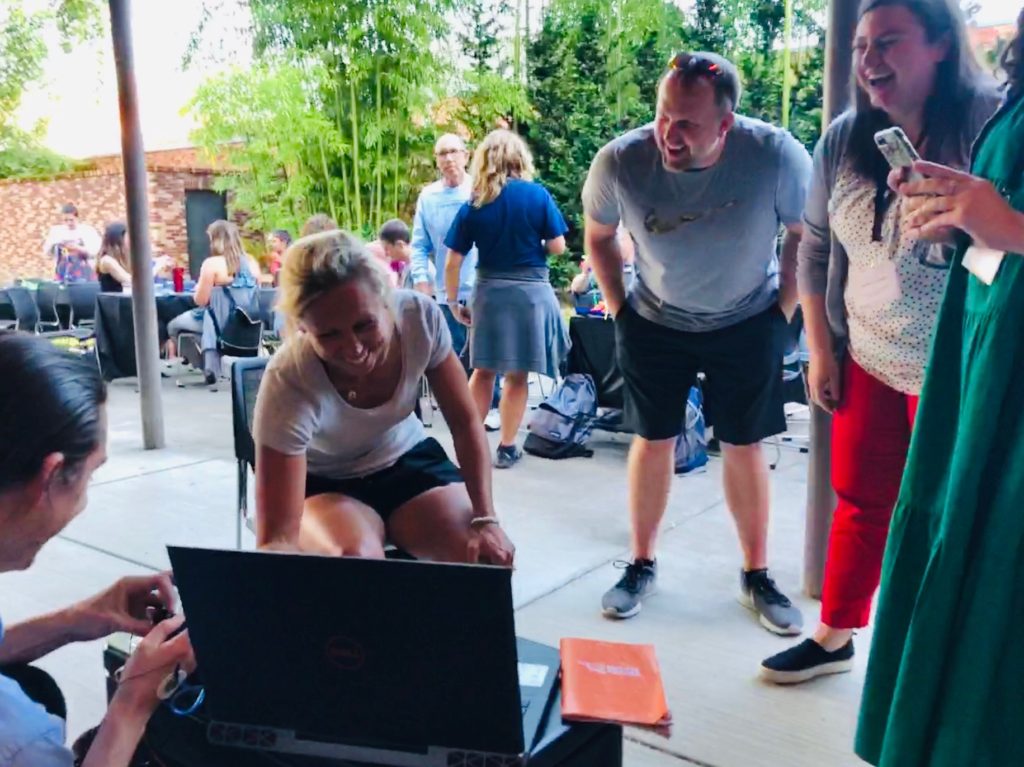
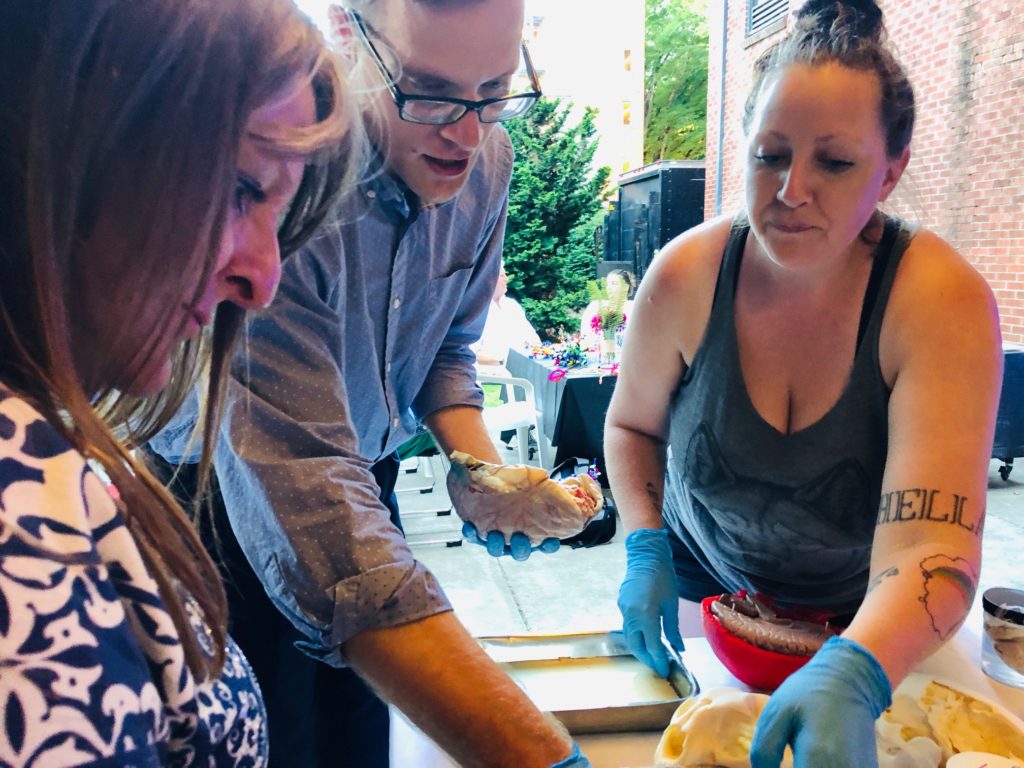
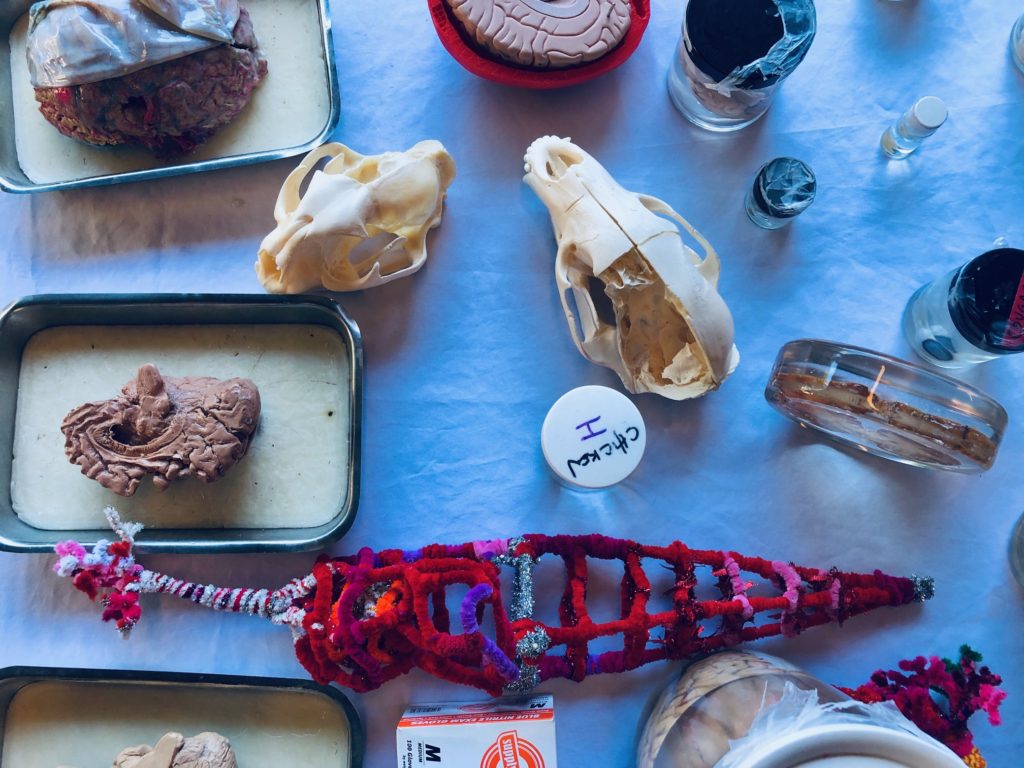
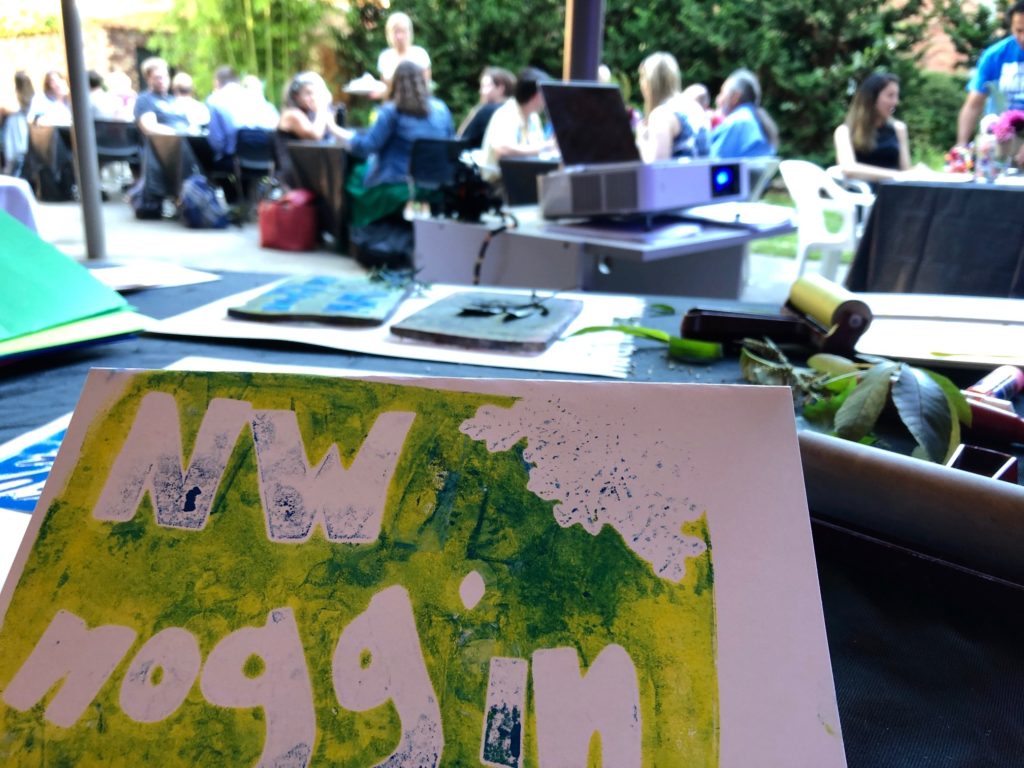
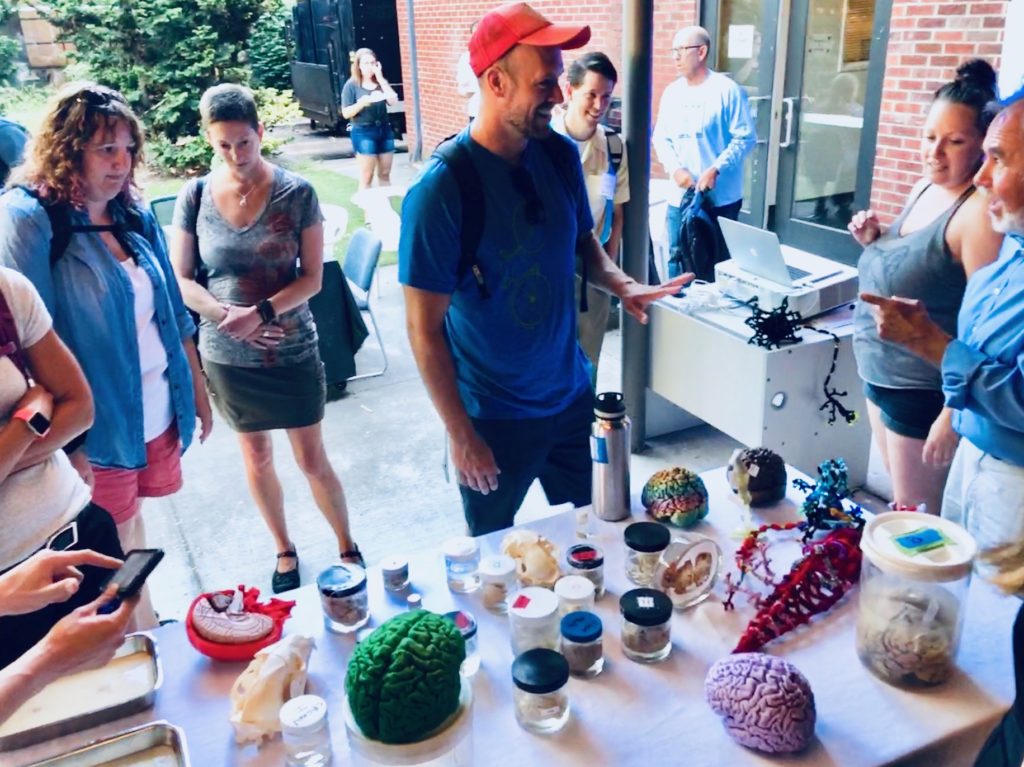
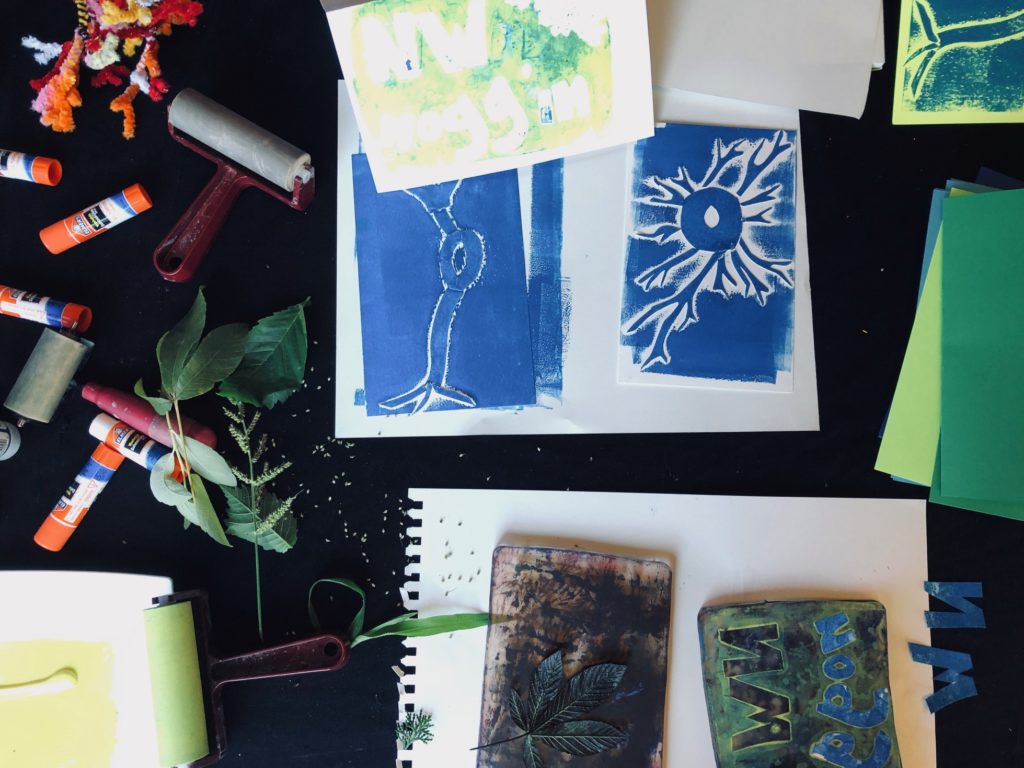
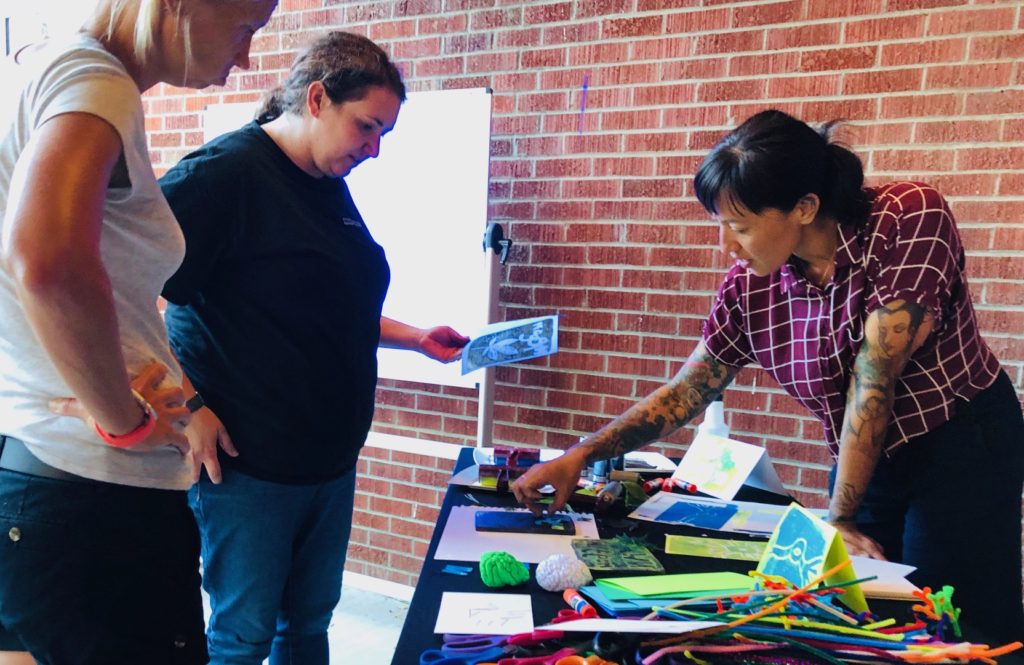
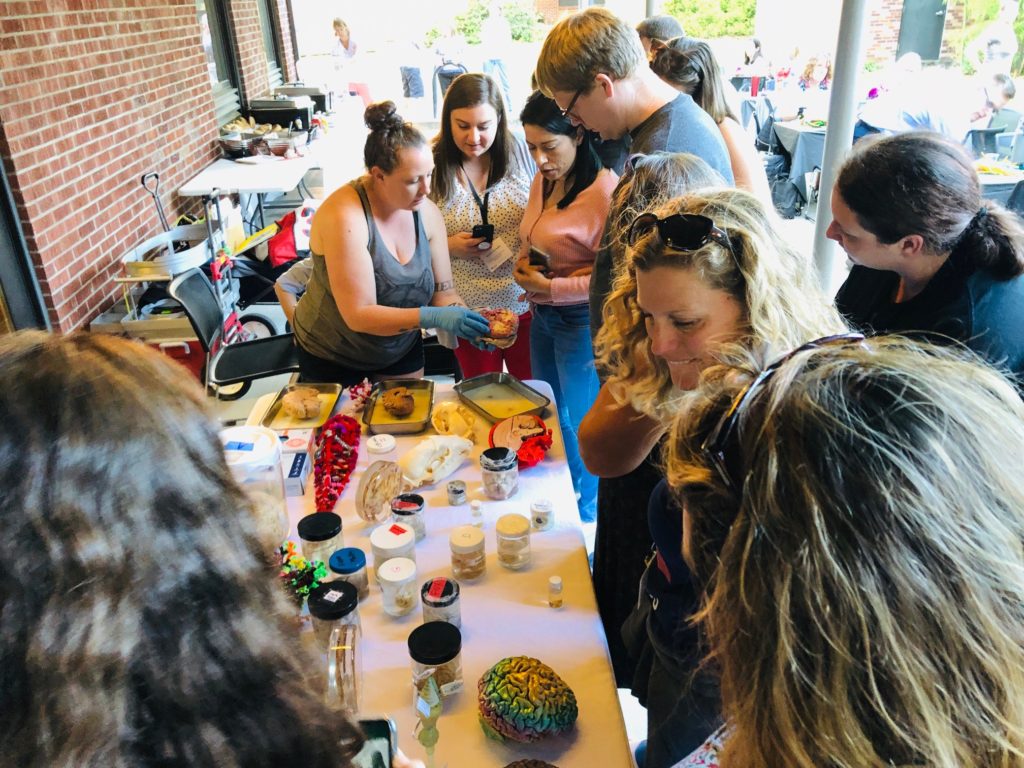
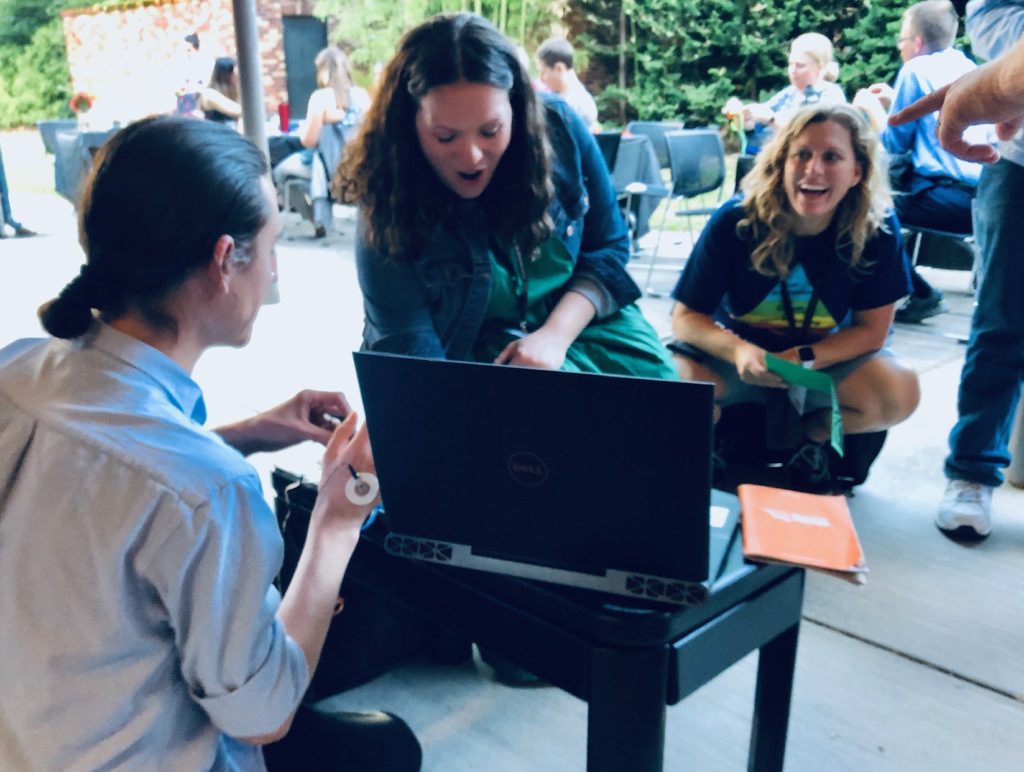
We lingered for an extra hour talking neuroscience, zapping each other for science and making art, and considering potential new Noggin outreach in Utah, Pennsylvania, Missouri, Idaho, Indiana, and Washington…

Many, many thanks to our outreach volunteers, the teachers, the APA and APF – and to Kathy Becker-Blease, Shirley Mann and Regan A. R. Gurung of Oregon State University for inviting us to participate!



